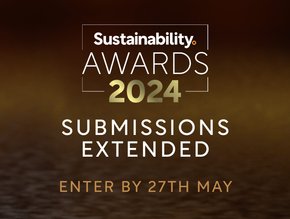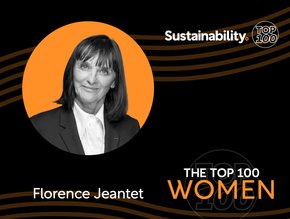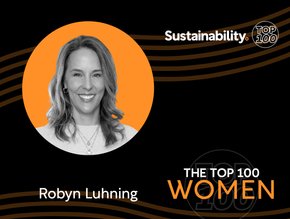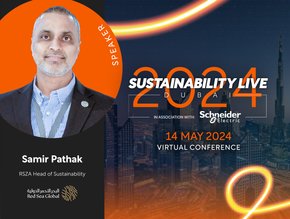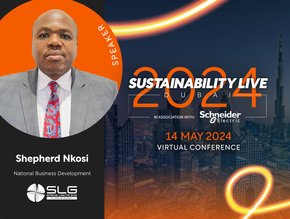Nuclear fusion milestone achieved at US laboratory
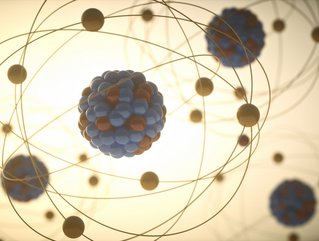
Scientists working for the US government have achieved one of the great milestones in the history of energy research: with a blast of 192 lasers, nuclear fusion has been achieved in a controlled laboratory.
Ultimately, this experiment – which effectively recreates the power of the sun in a controlled setting on the earth – is the first fusion reaction in a laboratory when more energy was produced than was put in.
The long-awaited milestone – a target of nuclear physicists for decades – was achieved at the Lawrence Livermore National Laboratory in California. At the laboratory’s National Ignition Facility, a small cylinder (the size of a pencil eraser) which contained frozen hydrogen encased in a diamond was blasted with 192 lasers.
In a tiny fraction of a section (less than 100 trillionths), 2.05 megajoules of energy came into contact with the cylinder. From this, a flood of neutron particles containing three megajoules of energy flowed out, representing energy gain.
Clean energy on the horizon?
Achieving controlled nuclear fusion of this sort has far-reaching implications for its adoption as an energy source. While this is an early breakthrough, and widespread adoption of fusion power is still in the distance, the possibilities for clean energy are impossible to ignore.
As this technology is further refined and brought up to scale, it could produce an energy source that has no pollution or the greenhouse gases that come with the burning of fossil fuels. Furthermore, despite being nuclear power, there is none of the dangerous radioactive waste that comes from current sources of nuclear power (which is reliant on uranium for energy).
White House science advisor Arati Prabhakar commented on the feat at a press conference in Washington DC: “This is such a wonderful example of a possibility realised, a scientific milestone achieved, and a road ahead to the possibilities for clean energy and an even deeper understanding of the scientific principles that are applied here.”
- Sustainability LIVE Dubai: Amr Kandil, Schneider ElectricRenewable Energy
- Autodesk to Share Built Environment Decarbonisation InsightsSustainability
- What are the Aims of UN's First Annual Sustainability Week?Sustainability
- E.ON Next: Customer-Centric Approach Drives Business SuccessSustainability

